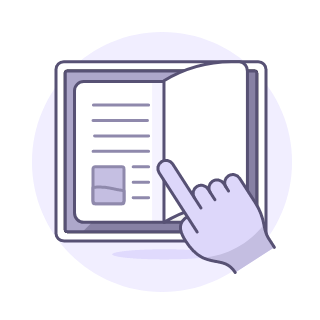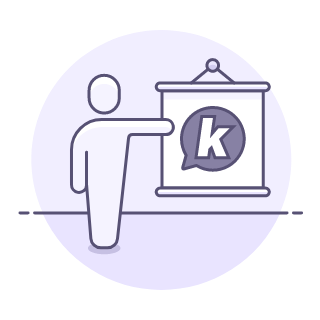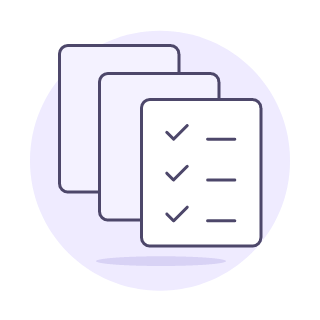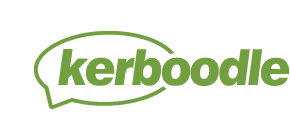
Get up and running with geog.123. Find advice and tools below to help you get the most out of your subscription.
Please note that to view the examples below, you will need to be subscribed to geog.123 and logged into Kerboodle.com.
First steps

Teacher’s Handbook
A great first step is to look through the Teacher’s Handbook in the Digital Book tab. This has some information on how to use Kerboodle, and includes key points, key vocabulary, unit outcomes, starters and plenaries for every unit in the Student Book, as well as answers to all the ‘Your Turn’ and ‘Check’ questions. It links out to any resources on Kerboodle that are available for each unit.

Digital books
The Student Book is available as a Digital Book for teacher access, with student access available as a separate subscription. If you flick through it you’ll see that there are links throughout showing you which resources are available for each unit. Students can annotate, highlight and add notes to their digital book.
Lessons and resources

Lesson presentations
You can find presentations containing lesson activities and teacher notes in the Lessons tab. Front-of-class resources are built into these so that you can access them easily. See an example.

Schemes of Work
There’s a scheme of work available for each chapter to make planning easier for you. These contain learning objectives and outcomes, key vocabulary and links back to the KS3 Programme of Study, as well as showing you all of the content that is available for each topic.

Worksheets
Differentiated worksheets for every lesson encourage students to engage with key content. Answers are available to save you time when marking.

Geographical skills
Skills-pods animations with interactive activities help students to become confident with the key skills they need to build a good foundation in Geography. Each skills-pod animation has associated worksheets so students can practice what they’ve learned.

Animations
Animations provide an engaging explanation for a topic. Animation worksheets will then help students to demonstrate their learning and identify the key points given in the animation.
Assessments

Interactive assessments
You can assign End-of-lesson tests, and End-of-chapter tests to your students to check their knowledge. Students complete multi-question assessments on-screen which can either be done in class or as homework. The tests are auto-marked, with feedback for the student, and student outcome given as a percentage in the Reports tab.

Exam-style assessment papers
There is an exam-style paper and mark scheme for each chapter. Each is structured in a similar way to a GCSE exam paper: short point-marked questions followed by an opportunity for extended writing. These come with a reporting framework that allows you to choose how you want to give student outcomes, including a GCSE grade indicator.

Self-assessment checklists
For every chapter in the Student Book, there’s a self-assessment, helping you to understand how confident students are feeling about a topic. Students complete these independently on-screen, and the forms are auto-marked, with the students’ responses recorded in your markbook.
Further support

Facebook community
See how other teachers are using Kerboodle, share your thoughts and stay up to date on Facebook.

Book a support call
Book a call with a member of our team at no extra cost.

General Kerboodle guidance
Need more general hints and tips on using Kerboodle? Check out our dedicated teacher support section.

